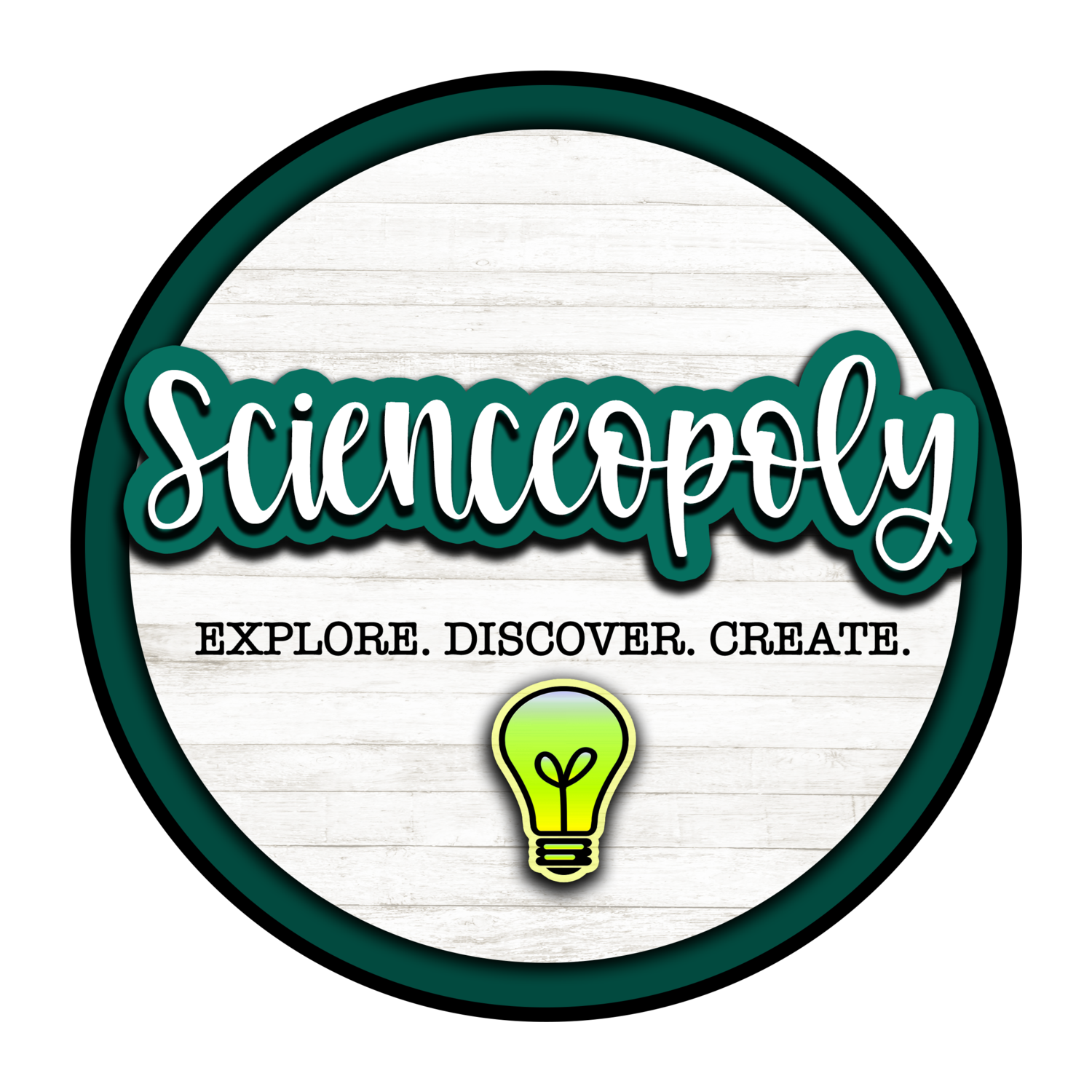The Flipped Lab
Not too long ago a concept called "The Flipped Classroom" entered into the education jargon. The idea was to have students complete the direct learning activities at home (lectures, reading) and complete the student-led activities in the classroom (projects, labs, exploration activities). So much of this concept appealed to me when I was first introduced. I am a big proponent of changing our education delivery. What with google and other resources right at our fingertips, information is readily available. Learning to discern, comprehend, and analyze information is really the new frontier of today's classroom.
The problem for me, however, came in the form of logistics. I have, for most of my career, worked in settings where a student's access to online resources could be limited at best, and this, it turns out, is a fundamental component of the flipped classroom. Everything from hardware to connectivity meant at least half my students would not be able to access the at home segments of their education. Still, I wanted to explore this idea of student-centered instruction more and do it in a way that ensured everyone had access. That's when I discovered an idea I came to call "the flipped lab."
The concept grew out of an ELD/ STEM initiative I worked on. The program aimed to design highly effective STEM lessons that met ELD standards and sought to promote language development through science. One of the guiding principles of the program was that students needed opportunities to experiment with phenomenon before being provided with direct instruction. And this didn't just mean seeing a demonstration or putting their hands on the equipment for a few minutes. It meant really engaging with the science, on their own, then discussing their observations and thoughts with each other and generating their own questions. Only after they had really delved into a phenomenon would they then be presented with information. To me, this was like becoming Newton or Copernicus, Mendel or Pasteur. Instead of reading about what great minds before them had discovered, they discovered it for themselves then turned to the experts to seek answers to their questions.
My first revelation on how to make this happen came when I was teaching about the xylem and phloem in plants. Normally my lessons would go something like this: Lecture on the xylem and phloem, view artistic renderings of the xylem and phloem online or in the textbook, create our own diagrams about the xylem and phloem, then conduct a (common) lab where we stick carnations into colored water and watch as the white flowers turn a bright red at the edges and finally dissect the stems to observe actual xylem and phloem. In all honesty, by the time we got to the last part (the most exciting part!) most of them were so lost and confused, the phenomenon had little effect! That's when I decided to flip the lab.
The next time I taught this lesson, I started with the carnations. No explanation, no reasoning, just a simple "Let's observe and see what happens." Within a day the color began to creep up the stalk and into the white petals. Small streaks of red made their way across and pooled at the edges. The students were fascinated! How had this happened? Could they cut the flowers open and look at the inside? Could they view it under the microscope? Why was it only moving up parts of the stalk while other parts seemed unaffected? They discussed ideas, thoughts and theories with each other, each bringing to the table their unique language, background, and experience. Soon we had a collection of theories and a ton of questions... and a reason now to move with engagement to the books, diagrams, and online resources.
In many ways, a "flipped lab" is the underbelly of the Next Generation Science Standards. As humans, we are natural observers and questioners of the world around us... natural scientists. The science classroom should be a place where we can celebrate this innate curiosity within us!
Looking for lessons to help flip your labs? Check out these great resources:
